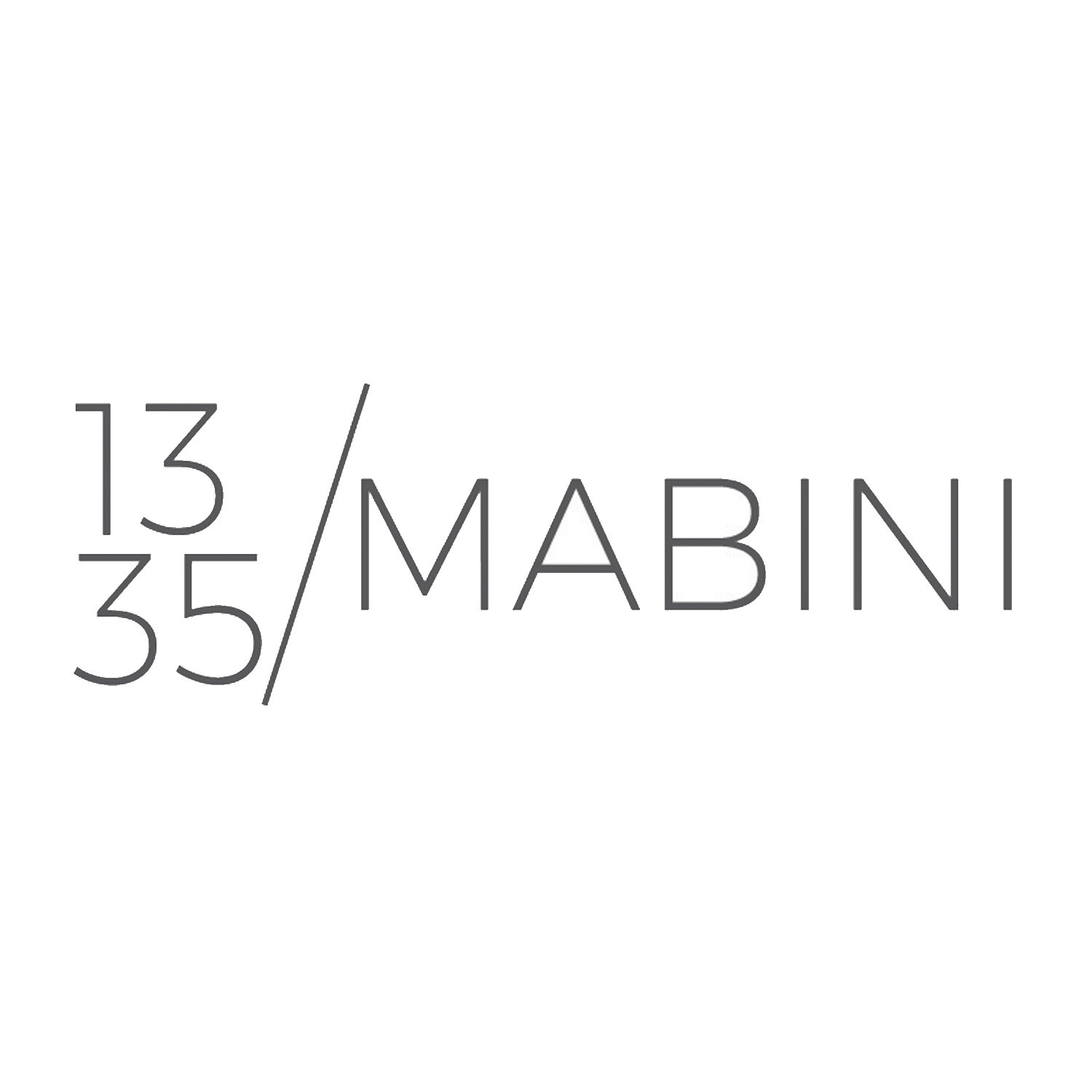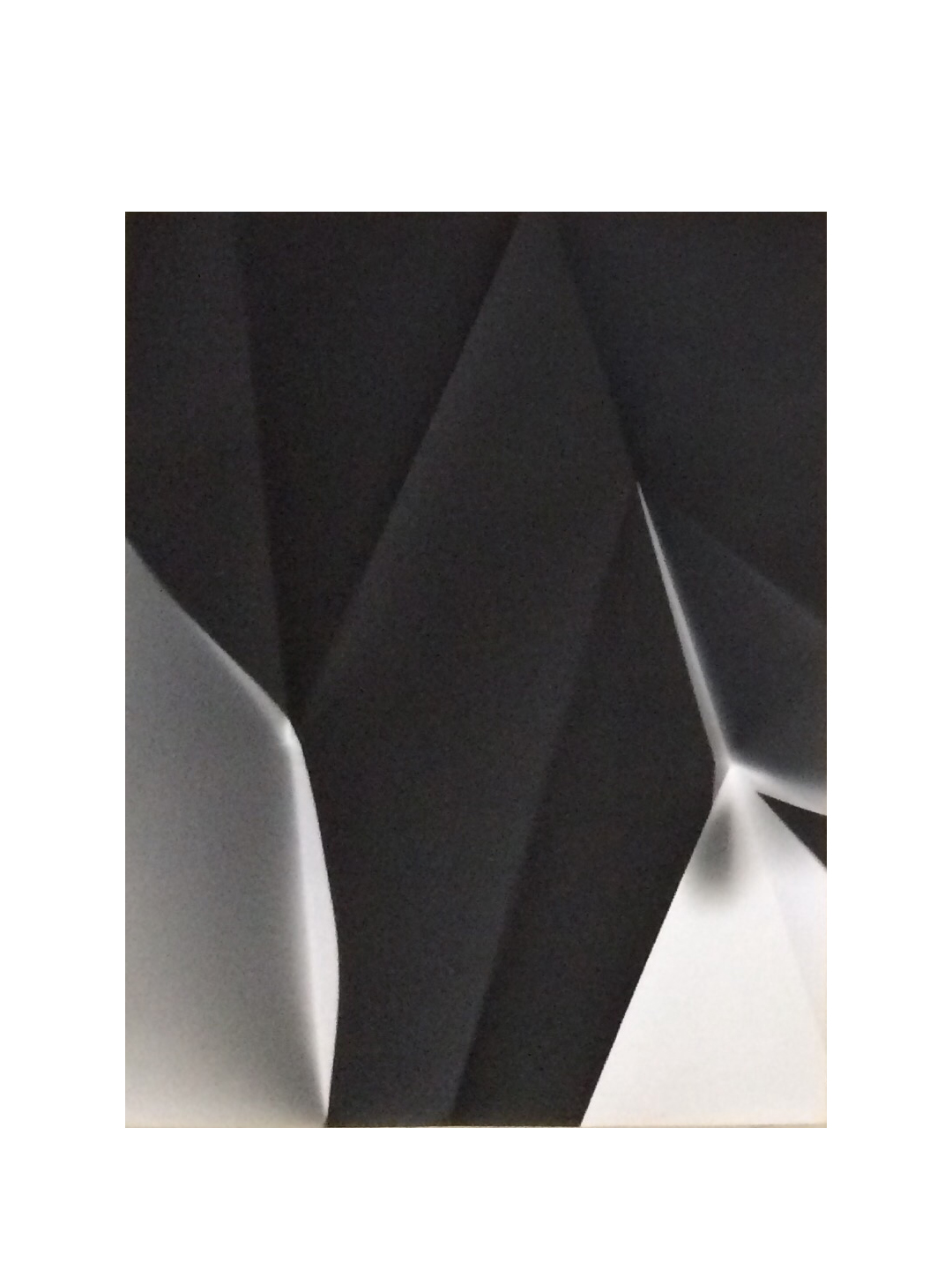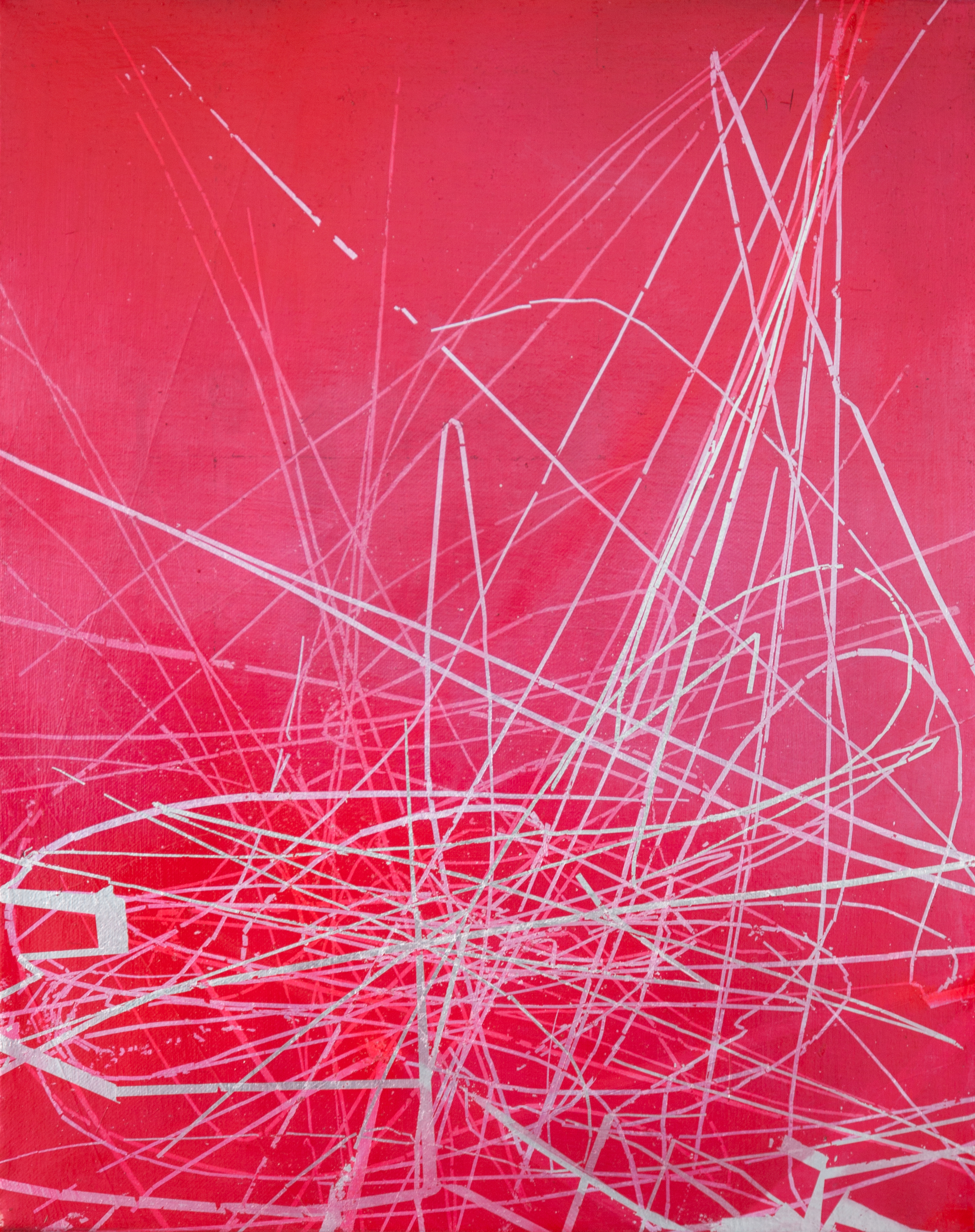Mabini Projects
Cumulus Blimp:
A Transnational Platform of Discourse
OPENING:
Friday, July 28, 2017, 6 pm
EXHIBITION DATA:
July 28 to August 22, 2017
1335MABINI proudly presents Kristoffer Ardeña, Micaela Benedicto, and Klaus Wanker in a group exhibition from July 28 to August 22, 2017. The show is the second in a series of exhibitions under Cumulus Blimp: A Transnational Platform of Discourse, a distinct program of 1335MABINI | Projects from June 2017 to March 2018, with a calendar of exhibitions involving artists from the Philippines, Japan, Taiwan, Indonesia, Austria, America, and Israel The exhibition featuring the works of Kristoffer Ardeña, Micaela Benedicto, and Klaus Wanker focuses on one of the fundamental aspects of understanding phenomena; the plane – material and abstract. In the visual arts, the plane as a conduit for creative expression is evident in the prevalent use of flat surfaces to work with, e.g. a blank piece of paper or stretched canvas. May it be for the purpose of, but not limited to, creating an illusion, pronouncing purely visual elements and forms, to emphasizing the materiality of various media, a flat surface has been an essential component in most of these activities. The works of the three artists in the exhibition serve as illustrations of certain general approaches expounded on by their distinct methods.
In Kristoffer Ardeña's Ghost Paintings, the artist begins not with the usual “blank” primed canvas, but with sheets with colored patterns readily available in markets. Ardeña then layers them over with paint, scores the surfaces with geometric patterns, and facilitates the peeling procedure through natural or controlled means before placing them on stretchers – creating a unique amalgam of visual and actual texture. The process is a reflection of the artists observation on the effects of a tropical environment on man-made establishments, where the climate acts as a catalyst of transformation. With “Ghost Paintings,” Ardeña hopes to look for “a new way to look at the structure of painting beyond its pictorial approach or whether it expands beyond the traditional bi or tri-dimensional 'canvas,' regardless of its thematic intent or conceptual imposition.”
Micaela Benedicto's methods as exemplified in her luminograms and sculptures are informed by her background in architecture and music; the utilization of basic shapes, their transformation and repetition to create more complex compositions (as seen in her work Loop 1), and the role of light in giving prominence to form. Benedicto's works are metaphorical visualizations of the constitution of memory and how it is affected by various factors such as time and belief. The artist's primary objective is “to explore in architectonic form the combination of truth and individual imagination by which one constructs their perception of an object or image.”
Klaus Wanker approaches painting with technical knowledge and analytical gaze. Layer by layer, the artist deposits different materials on top of the other like the sediments of the earth: oil, pigment, resin, and aluminum. The viewer has to dig properly to explore the depth of the image. Fugues appear and disappear, a darker layer can be seen; one moves around the picture and tries to recognize a clear color and definite shape, but the picture speaks differently from all sides. It reflects the space, the viewer, the environment. The materiality and structure of his paintings interest him just as much as their technical structure and the effect on the viewer.
























